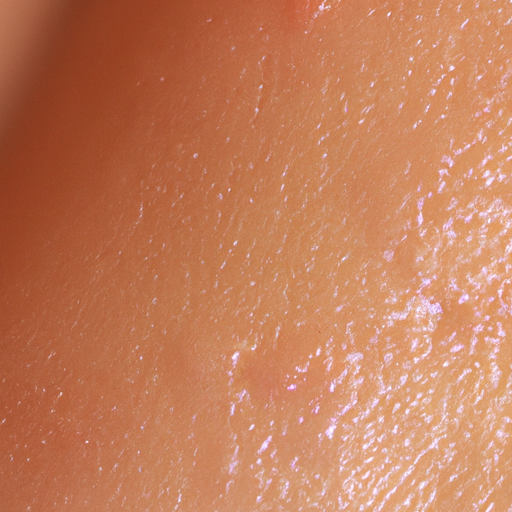The human skin is a complex organ that requires a delicate balance to maintain its health and vitality. However, many people struggle with skin that is either too dry or too oily, leading to a host of problems such as acne, dullness, and premature aging. Fortunately, there are effective remedies for both dry and oily skin that can help restore this balance and promote a healthy and radiant complexion.
Dry skin, characterized by tightness, flakiness, and a lack of luster, is often the result of a lack of hydration. This can be due to environmental factors such as cold weather or indoor heating, or it can be a natural consequence of aging. Regardless of the cause, the key to treating dry skin is to replenish its moisture levels.
A good place to start is with a gentle, hydrating cleanser. Many traditional soaps and face washes can strip the skin of its natural oils, leaving it feeling parched and tight. Look for a cleanser that is free of harsh surfactants and full of nourishing ingredients like hyaluronic acid, which can hold up to 1,000 times its weight in water, helping to plump up and hydrate the skin.
After cleansing, apply a moisturizer that is rich in emollients like shea butter or jojoba oil. These ingredients form a protective barrier on the skin’s surface, locking in moisture and preventing it from evaporating. For an extra boost of hydration, consider using a serum or face oil before your moisturizer. These products contain concentrated amounts of hydrating and nourishing ingredients and can penetrate deeper into the skin.
On the other hand, oily skin is characterized by an overproduction of sebum, the skin’s natural oil. This can lead to a shiny appearance, enlarged pores, and acne. Contrary to popular belief, the solution to oily skin is not to strip away all the oil, but to balance the skin’s oil production.
A good starting point is a gentle, oil-free cleanser. Avoid products that leave your skin feeling tight or squeaky clean, as this can signal that they are too harsh and may actually stimulate your skin to produce more oil. After cleansing, use a toner that contains ingredients like witch hazel or salicylic acid to help control oil and minimize pores.
Despite the common misconception, oily skin still needs moisturization. Skipping this step can cause your skin to overcompensate and produce even more oil. Opt for a lightweight, oil-free moisturizer that won’t clog your pores. Look for ingredients like hyaluronic acid or glycerin, which can provide hydration without adding extra oil.
Exfoliation is also crucial for both dry and oily skin. For dry skin, it helps remove the buildup of dead skin cells, allowing moisturizing products to penetrate more effectively. For oily skin, it can help unclog pores and reduce the appearance of shine. However, be careful not to overdo it, as excessive exfoliation can irritate the skin and disrupt its natural balance.
In conclusion, balancing dry and oily skin requires a thoughtful skincare routine that addresses the unique needs of each skin type. By choosing gentle, hydrating products for dry skin and oil-balancing products for oily skin, you can help restore your skin’s natural equilibrium and reveal a healthier, more radiant complexion. Remember, everyone’s skin is different, so it may take some trial and error to find the products and routine that work best for you.



